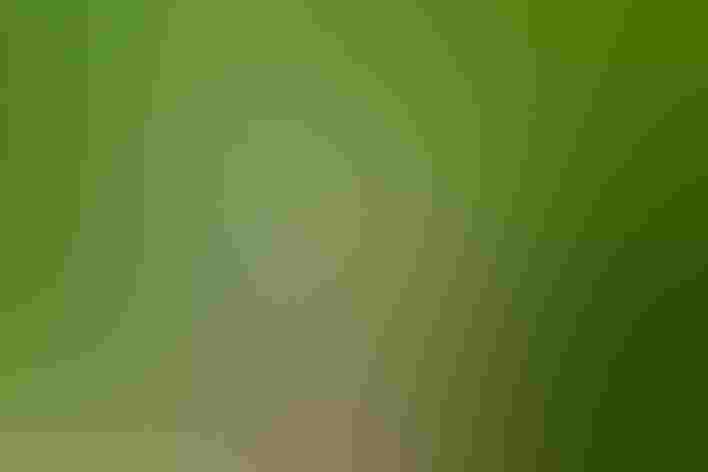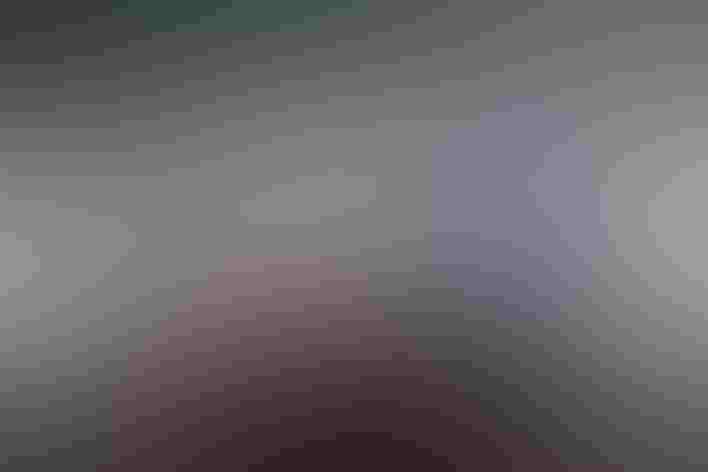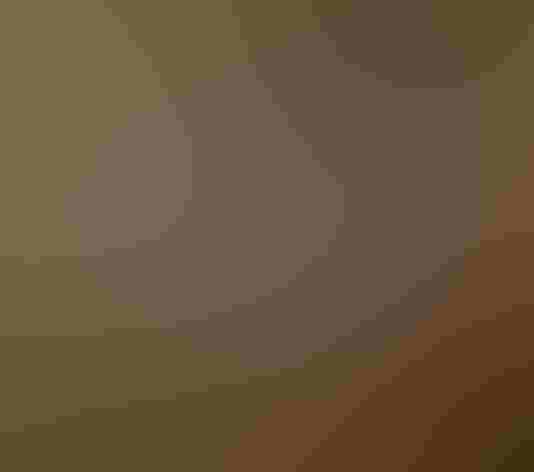Eastern Bluebird
At a Glance
This is the most widespread of the three bluebirds. Although it is mostly 'eastern' in our area, its total range extends south to Nicaragua. A high percentage of Eastern Bluebirds in North America today nest in birdhouses put up especially for them along 'bluebird trails.' When they are not nesting, these birds roam the countryside in small flocks.
All bird guide text and rangemaps adapted from Lives of North American Birds by Kenn Kaufman© 1996, used by permission of Houghton Mifflin Harcourt Publishing Company. All rights reserved.
Category
Perching Birds, Thrushes
Conservation
Low Concern
Habitat
Arroyos and Canyons, Fields, Meadows, and Grasslands, Forests and Woodlands, Shrublands, Savannas, and Thickets, Urban and Suburban Habitats
Region
Eastern Canada, Florida, Great Lakes, Mid Atlantic, New England, Plains, Rocky Mountains, Southeast, Southwest, Texas, Western Canada
Behavior
Direct Flight
Population
23.000.000
Range & Identification
Migration & Range Maps
Permanent resident in many southern areas. In the north, arrives quite early in spring, and lingers late in fall.
Description
7" (17 cm). Bright blue above, reddish brown on throat and chest, belly white. Female paler, duller than male. Juvenile is heavily spotted, has telltale traces of blue above.
Size
About the size of a Robin, About the size of a Sparrow
Color
Blue, Orange, White
Wing Shape
Rounded
Tail Shape
Notched, Square-tipped
Songs and Calls
Call a liquid and musical turee or queedle. Song a soft melodious warble.
Call Pattern
Falling, Flat, Undulating
Call Type
Chirp/Chip, Whistle
Habitat
Open country with scattered trees; farms, roadsides. Breeds in many kinds of semi-open habitats, including cut-over or burned areas, forest clearings, farm country, open pine woods; locally in suburbs where there are extensive lawns and good nest sites. Wanders to other habitats in winter.
Sign up for Audubon's newsletter to learn more about birds like the Eastern Bluebird
Behavior
Eggs
4-5, sometimes 3-7. Pale blue, unmarked; sometimes white. Incubation is mostly by female, about 13-16 days.
Young
Both parents bring food to the nestlings, and young from a previous brood also help to feed them in some cases. Young leave the nest at about 18-19 days on average. 2 broods per year, sometimes 3.
Feeding Behavior
Does much foraging by perching low and fluttering down to ground to catch insects, often hovering to pick up items rather than landing. Also catches some insects in mid-air, and may take some while hovering among foliage. Feeds on berries by perching or making short hovering flights in trees.
Diet
Mostly insects and berries. Feeds on a wide variety of insects, including crickets, grasshoppers, beetles, and many others; also spiders, earthworms, snails, rarely small lizards or tree frogs. Also eats many berries, especially in winter.
Nesting
As a courtship display, male may sing and flutter in front of the female with his wings and tail partly spread. While perched close together, pairs may preen each other's feathers; male may feed female. Nest: Placed in cavity, typically in natural hollow in tree, in old woodpecker hole, or in birdhouse. Usually nests fairly low (2-20' above the ground), occasionally up to 50'. Nest in cavity (built mostly by female) is a loosely constructed cup of weeds, twigs, and dry grass, lined with finer grass, sometimes with animal hair or feathers.
Climate Vulnerability
Conservation Status
In the past, declined seriously in many areas with loss of habitat and loss of nesting sites. During recent decades has been increasing again, undoubtedly helped by birdhouses in many areas.
Climate Threats Facing the Eastern Bluebird
Choose a temperature scenario below to see which threats will affect this species as warming increases. The same climate change-driven threats that put birds at risk will affect other wildlife and people, too.













